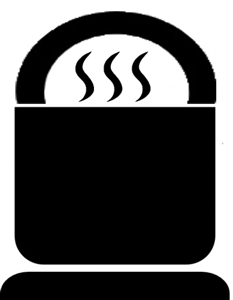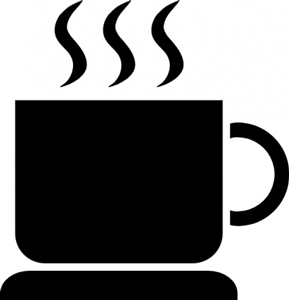Good Enough
Last week I was talking to the founder of a company regarding their ability to continue growing their existing products as well as creating an ability to innovate more quickly. One of the core challenges expressed in this conversation was the need to create fast feedback loops for new ideas. Driving innovation through the more predictable delivery capability was not providing the fast feedback needed and was creating disruption for the part of the organization charged with continuing to grow existing products.
It was clear that an innovation lab of some sort would remove those disruptions while allowing them to more quickly bring product ideas to market. The importance of gaining quick feedback on new product ideas was an important consideration. A challenge that kept coming up was that of building new capabilities that accomplish the goal of the requirements but are not really usable. In this particular industry, the capabilities provided must solve a problem but more importantly, do it in a way that is without friction and easy to understand in an instant.
 An analogy I used during this conversation was that we may have requirements to build a coffee cup that can hold 10 ounces and have a handle. The requirements are clear in what we need to deliver and we can do so. But, we can clearly create a coffee cup that meets the requirement but find that it is not usable…
An analogy I used during this conversation was that we may have requirements to build a coffee cup that can hold 10 ounces and have a handle. The requirements are clear in what we need to deliver and we can do so. But, we can clearly create a coffee cup that meets the requirement but find that it is not usable…
It would be very helpful to introduce visual specifications in this instance. A quick visual that describes what the solution might look like would create alignment about what is being built and provide an ability to gain feedback on the usability of the solution. Had the visual above been used to discuss the specifications then we could quickly realize that though it does provide the ability to contain 10 ounces of liquid that can be carried easily, it doesn’t help with the need to drink from the cup.
 Visual specifications are a powerful way of increasing our understanding of requirements and increasingly help us determine if our intended solution will solve the problem and be usable. Visual specifications range from architectural diagrams, UI mock ups, and any visualization that can help us better understand requirements.
Visual specifications are a powerful way of increasing our understanding of requirements and increasingly help us determine if our intended solution will solve the problem and be usable. Visual specifications range from architectural diagrams, UI mock ups, and any visualization that can help us better understand requirements.
I will provide a bit of a warning, don’t go overboard with this. The visual specifications just have to be good enough. A picture of a whiteboard drawing is good enough. A screen capture with hand drawn changes are good enough. I’ve seen organizations spend more time creating visual specifications with high end tools than it would have taken just to build the working capability… Low fidelity visual specifications are what we’re after.
Visual specifications help create a richer language when communicating requirements. It improves collaboration and our ability to get feedback. If you’ve not tried this then I encourage you to do so and see if it keeps you from building unusable coffee cups.
